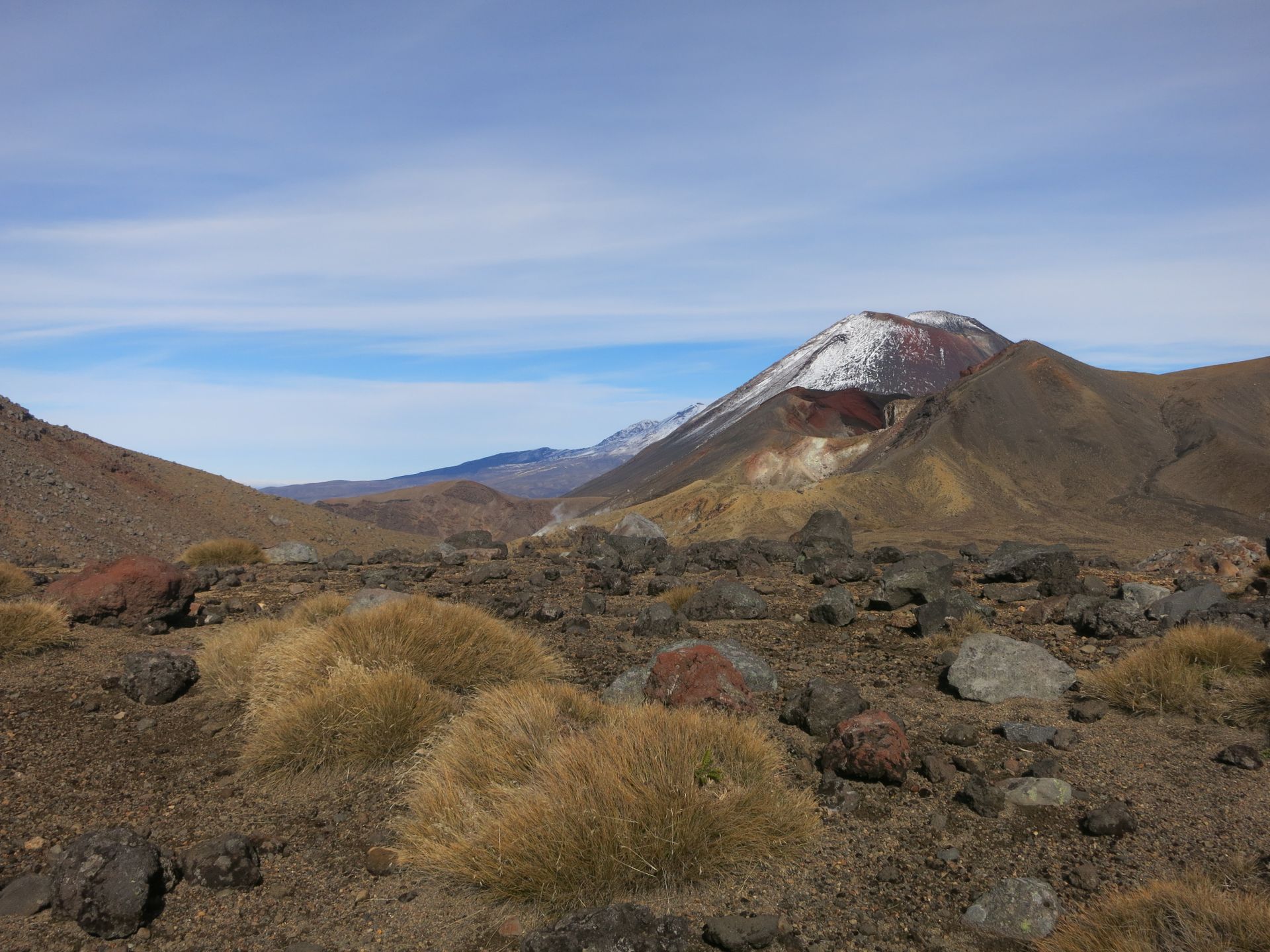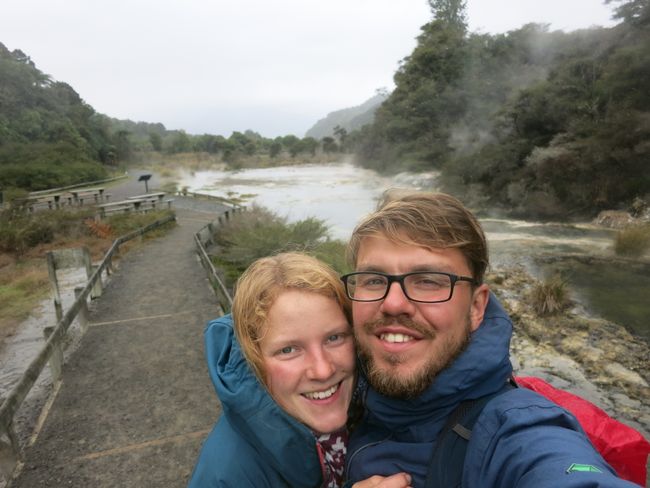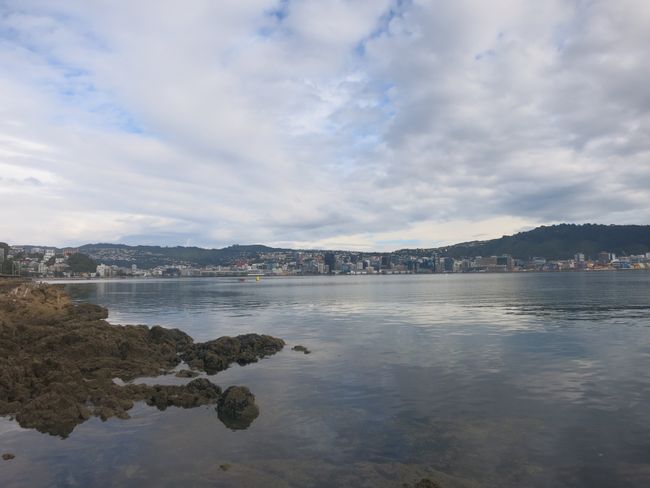Capital Wellington
Birt: 03.08.2019
Gerast áskrifandi að fréttabréfi
The city is located in a really interesting place. It is spread across a wide area directly by the sea and many hills. One can really imagine how this city gradually ran out of space and how the more difficult accessible areas were developed. Wellington is the third largest city in the country and is particularly known for its numerous restaurants.
Visiting the National Museum "Te Papa" was at the top of our to-do list. We took a day and a half for this, because there was so much to discover. The five-story building offers hiking exhibitions as well as main exhibitions, which were underpinned by impressive innovative exhibition pieces and the latest technologies. For example, hologram technology was used. There was a Maori department with many exhibits, such as a Waka (canoe of the indigenous people), carvings made of wood, jade and bone, and even a walkable traditional meeting house. Overall, there was a lot to learn about the country, people, history, trade and culture. The changes the original island has undergone after the European conquest are shocking. Native flora and fauna were plundered and animals such as possums, rats and weasels were introduced, which are unfortunately still a plague today and continue to destroy the wonderful bird life. Tim particularly liked the brand new exhibition about New Zealand's participation and events in World War II. Short but very informative texts were accompanied by numerous exhibits. Badges, emblems, weapons and uniforms, to name just a few. There were also some interactive stations. Tables shaped in 3D landscapes were impressive, making troop movements and battle scenes visually clear with the help of projectors. But outstanding were figures that reminded us of a wax figure cabinet. Different scenarios were displayed extremely detailed in individual rooms. The cutouts looked deceptively real, even though the figures were 4 times larger in scale, several meters tall.
The "Te Papa" is an absolute recommendation from us. If you want to visit all the exhibitions, you should plan several days. We especially liked that the majority of the museum does not require an entrance fee.
We also visited the observatory, which was located in the city's botanical garden. In Germany we have already made several trips to observatories, but this time it was different. After all, we are now in the southern hemisphere and could learn a lot about the southern starry sky. Finally, there was a film about the history of the Maori in a dome as a 360° film. The meaning of the creation of Earth, sky and natural forces from the perspective of Maori culture was clearly presented and easy to understand.
On the last day, we took a trip to Matiu/Somes Island. You can reach the small island, which is now under nature conservation and used for the restoration of native vegetation, with a 20-minute ferry ride. Here, among other things, the prehistoric reptile Tuatara lives, which we were eager to see.
After arrival, we could not directly enter the island... because there was first a bag check to ensure island protection from external influences. Oh yes, that was new for us too! No rodents like mice and rats or dangerous seeds and spores are allowed to enter here. Bags were vacuumed, shoes had to be cleaned with water and a brush.
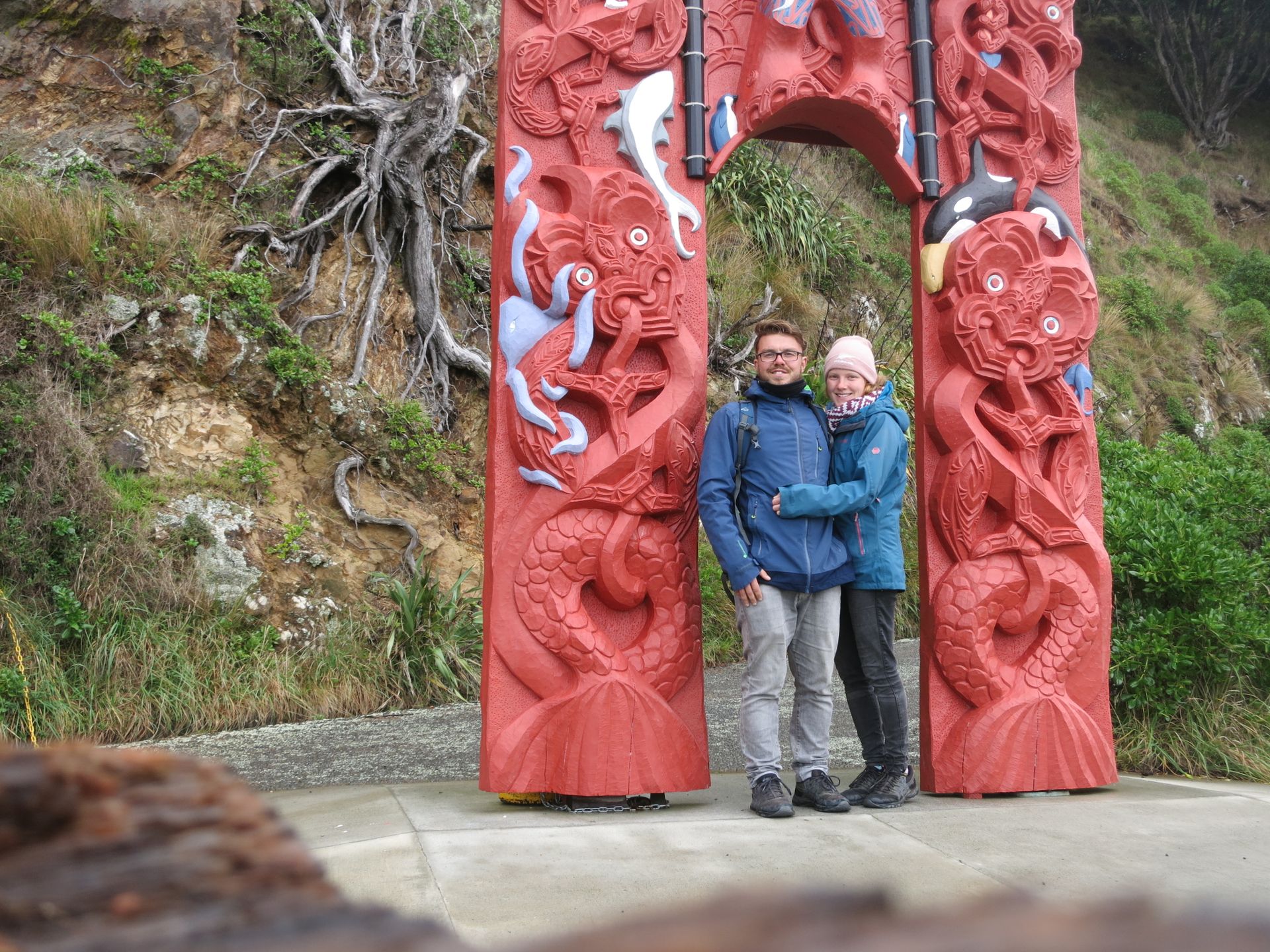
On the island, there was a circular path where we discovered colorful small parrots, seals, huge shells, and wetas. However, there was no trace of the 200 million year old three-eyed Tuatara, as feared.
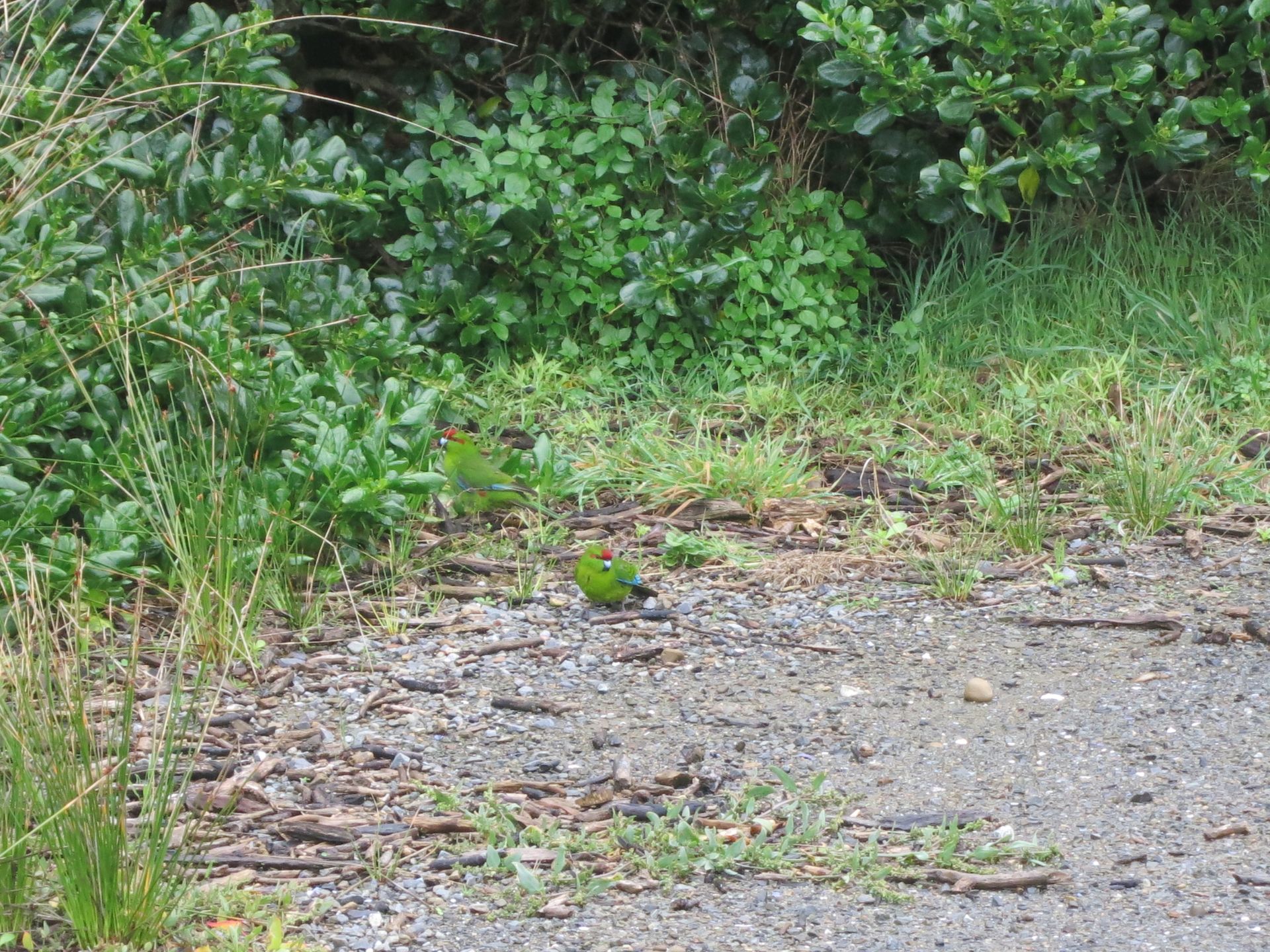
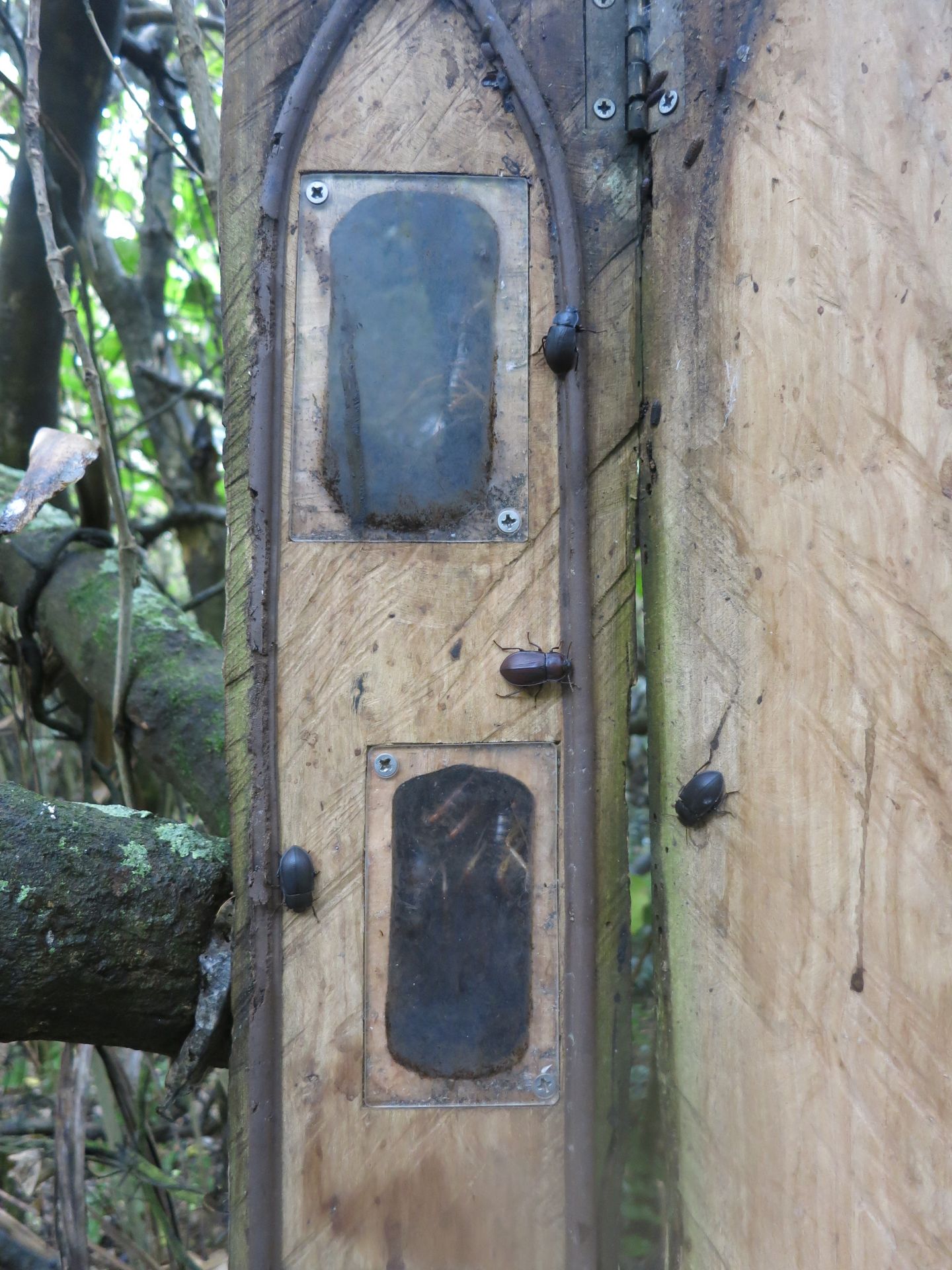
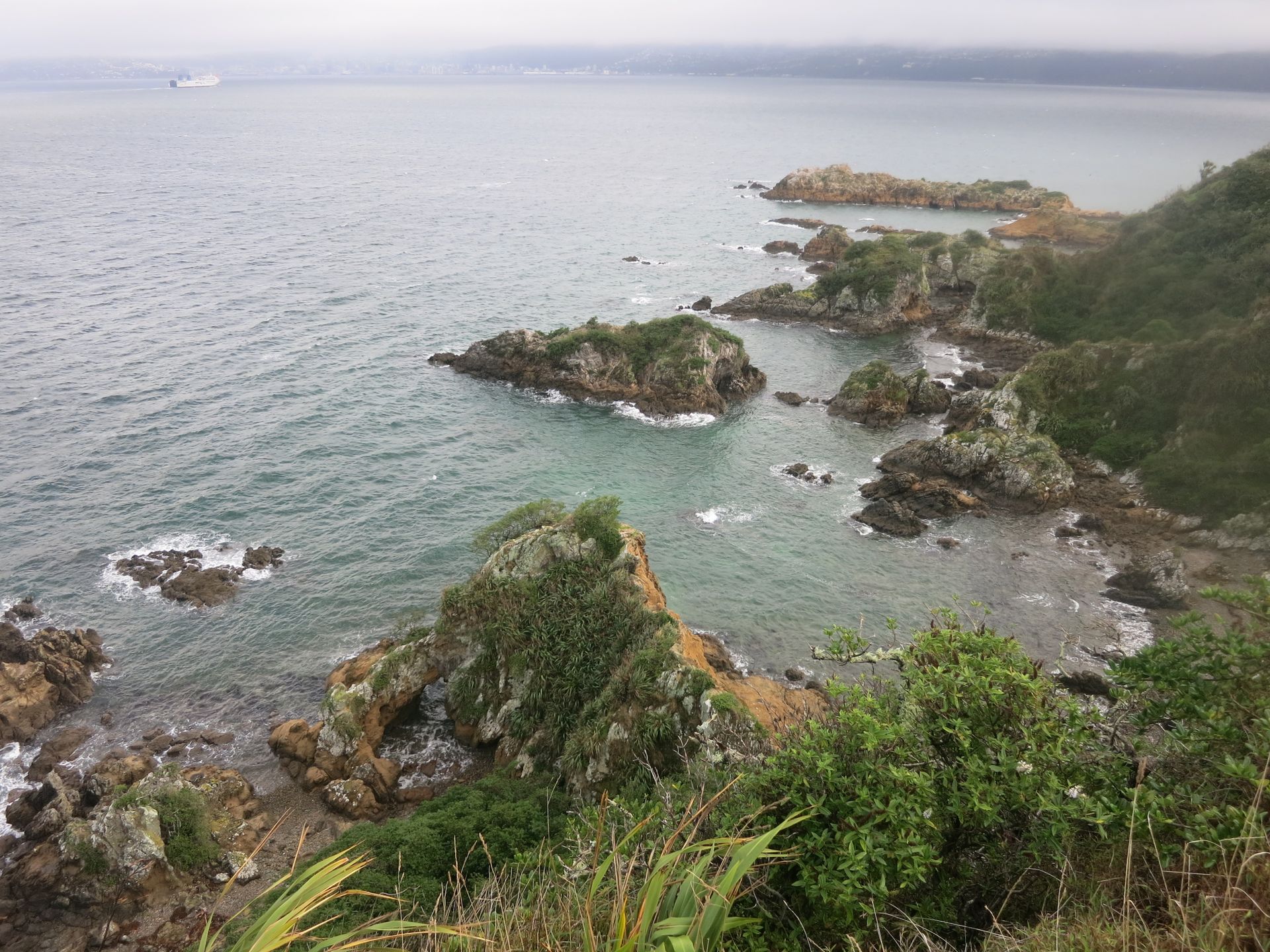
But the biggest highlight of the day for Tim was certainly the visit to the "Munich Hofbräu" in Wellington. Discovered by chance and immediately enjoyed a mass of good, dark German beer 😊

Gerast áskrifandi að fréttabréfi
Svaraðu

Ferðaskýrslur Nýja Sjáland
